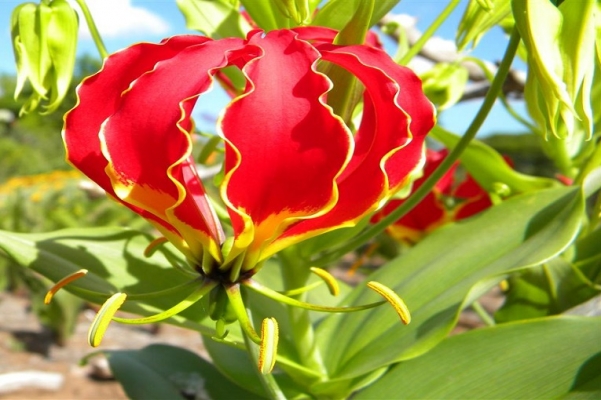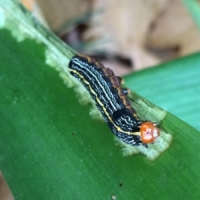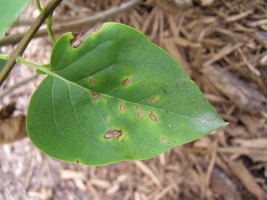Fertilizer Requirement (kg/acre)
Nutrient Requirement (kg/acre)
| NITROGEN |
PHOSPHORUS |
POTASH |
| 48 |
20 |
28 |
At the time of land preparation, apply organic manure such as vermi-compost manure, green manure, FYM etc. and mix well with soil. Apply fertilizer dose of N:P:K@48:20:28kg/acre for good growth of the plant in form of Urea@104kg, SSP@125kg and MOP@46kg/acre. Apply half dose of nitrogen, full dose of potash and phosphorus as a basal dose at the time of planting. The remaining dose of nitrogen is given in two equal halves. First dose is given after 30days after planting and then after 60days after planting.
To get rid of pests and insects apply bio pesticides prepared from Dhatura, Cow’s urine, Chitrakmool and Neem.













